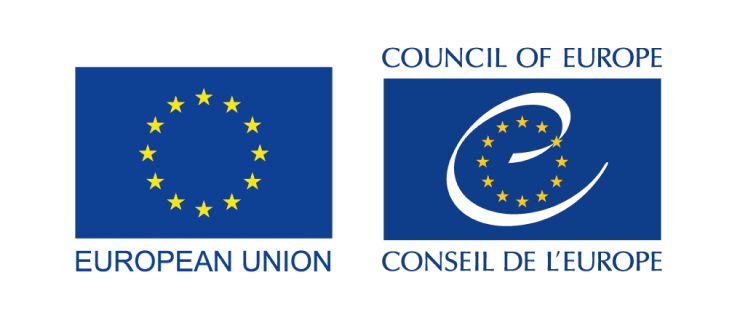International Organisation Resource
THE EUROPEAN HOME: REPRESENTATIONS OF 20TH CENTURY EUROPE IN HISTORY TEXTBOOKS
Falk Pingel et al. • Council of Europe • 2000
Levels and forms of education
Primary Education
Lower Secondary Education
Upper Secondary Education
Resource type
Conceptual or themathic publications
Historic approaches concerned
Cultural History
Historic period
First World War
1918-1939 (“Interwar Period”)
Second World War
1945-2000
1960-1970
1970-1980
1945-1960
1980-1990
1990-2000
1900-1914
1900-1945
20th Century
Countries or areas concerned
Europe, Eastern Europe, Central Europe, Southeastern Europe, Northern Europe, Southern Europe, Western Europe
Languages
English
Description
The European home: representations of 20th century Europe in history textbooks is a study carried out by the Georg Eckert Institute for International Textbook Research in the context of the Council of Europe’s project “Learning and teaching about the history of Europe in the 20th century” (see Appendix 3). Using a cross-section of secondary school history textbooks, it informs on the general developments in the presentation of history over the last decades, and provides an overview of how certain aspects of European history are dealt with. Some of the topics discussed are taken from the darker side of Europe’s past, such as occupation policy, the Holocaust, genocide and war. Others deal with textbook market structures, the space allotted to regional, national, European and world history, and the importance of textbook layouts and tasks assigned to pupils – whether they develop key skills of critical investigation or encourage pupils to digest pre-structured knowledge. Relevant to European integration is the issue of what “Europe” and the “European dimension” really mean to the young. What are key concepts in the circles of pan-European decision makers are sometimes undefined, underlying assumptions in history textbooks. This book calls for a definition(s) and discussion of Europe to be brought to the forefront. If the multiperspective nature of Europe is to be grasped, then it must encompass more than a sum of European institutions, often perceived as remote bureaucracies. The author has included in his recommendations, partly directed towards textbook authors and curriculum designers, ways and means to help young people perceive “Europe” as having a meaningful and positive role in their daily lives. This concept of Europe goes beyond economic policy and politics and will emerge through a study of European commonalities, mentalities and lifestyles, and tasks which allow pupils to exchange ideas on this topic.
Keywords
European dimension
textbook
representations of Europe
ideas of Europe
Georg-Eckert-Institute
Council of Europe
